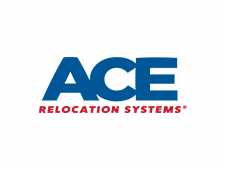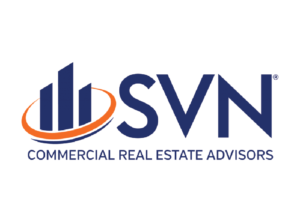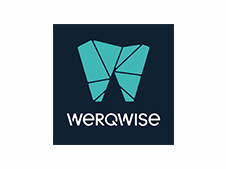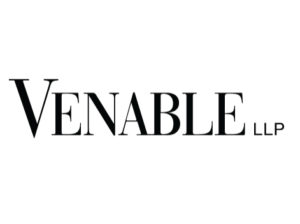This article by Ethan Warner originally appeared on iPresent’s website.
You’ve spent months sweating over a presentation and hours pacing the hall, reciting key phrases under your breath. Now it’s your big moment and you know what’s at stake. You also know what you’re up against.
You’re entering a room full of people who have been sat in a room all day. There are no windows, but you know it’s a beautiful day outside and you’re all that stands between these people and their dinner. It’s going to take a lot to win this crowd over, but if you can just get them to listen, you’re sure they’re going to be begging for a product demo. Intro over, you step up and click through to the first slide – three bullet points and a graph. The technology works. The words come out in the right order. You nail the stats. You even finish with a joke. Aced it, right?
In the back of the room somebody snores.
What went wrong?
The truth is, it is boring to sit in a room and listen to someone talk, even if what they’re talking about is really interesting. We have to work hard to capture not only the audience’s attention, but also their imagination. We have to work harder still to hold onto it for the duration of our presentations.
So how do we do that?
Make your audience the main character in your story
Sales is story-telling, but so many sales pitches fail because they focus on the product instead of the people. Put your customer at the heart of your story and create a narrative around their needs that pulls at their emotions. Involve your audience by asking questions and presenting scenarios they can relate to. Think about your body language and your tone of voice.
Remember, the modern sales pitch is a conversation, not a monologue. If there’s a podium, don’t stand behind it. Walk and talk. It seems obvious to say, but don’t forget to actually look at the people you’re talking to. Too many speakers aim their pitch at the middle of the far wall.
Visuals
Whether you’re using PowerPoint, Keynote, or similar, your slides should always be used to emphasize your point, not make it for you. If you put your presentation up as a series of bullet points, you will lose your connection with the audience – they can read ahead; they don’t need you. Instead, think about how you can help your audience better understand what you’re trying to communicate.
Statistics can be dry. Using graphics to illustrate equivalencies can help bring numbers to life.

In writing, there is a rule: show, don’t tell. With sales it’s more like show and tell. Visuals can both reinforce a message and make it easier to recall.
Presentation software has come a long way in recent years. You’re no longer limited to Comic Sans and clip art. Even without a graphic design team to help, you can create beautiful PowerPoints by downloading templates from sites such as Graphic River. Animation can help add interest, but beware of overdoing it. Keep it simple and on-brand. Give everything on the page enough space to be read and understood clearly and give your audience the time to absorb it.
Videos
There are three main points to bear in mind when considering using video in your presentation. First, as with visuals, your video should enhance your presentation, not replace it or distract from it. You are the person delivering the sales message, so don’t let a video steal the show. Having said that, if you wish to share customer testimonials, video can be a really effective means of doing that. Likewise, if you’re trying to explain a complex process that’s difficult to visualize, video can help. Whatever your video content, it’s important to keep it short relative to the total length of your presentation. In a standard 20-minute pitch, video should be kept to 30 – 60 seconds. Finally, video quality and tone is also important. Too corporate and you might put people off. Too ‘home-made’ and the same applies. This article includes some great tips on how to use video effectively.
The potential for interactive video is also worth a mention, since HubSpot recently tipped interactive video as the marketing trend to watch. It would certainly be a way to keep your audience engaged. Again, however, beware of letting the technology do the talking – unless it happens to be interactive videos you’re selling!
Don’t let your desktop let you down
It’s not always possible to have everything you want to show in one file, but moving between documents, flashing glimpses of your untidy desktop and scrolling through your Documents folder looks disorganized and unprofessional. Using a sales enablement app to store all your content means that everything, right down to your menu, can be kept on-brand. It’s easy to navigate and looks professional, adding another visual element to keep your audience’s interest, and allowing you to get on with telling your story.
If you’re interested in seeing how the leading Sales Enablement Platform could help your business, we’d love to give you a demo of all the amazing features iPresent has developed to make selling easier.
Visit iPresent today












































